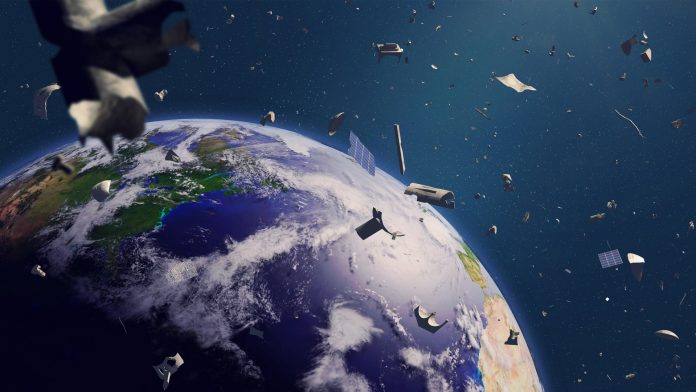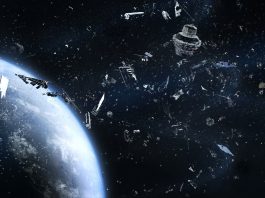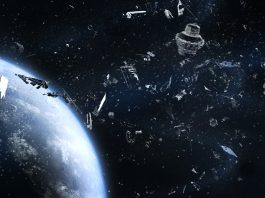Highlighting a way forward for space debris removal, Astroscale’s End-of-Life Services by Astroscale demonstration (ELSA-d) effectively tested its capacity to capture its client spacecraft utilising the servicer’s magnetic capture system.
One of the main obstacles standing in the way of efficient space debris removal, as well as on-orbit servicing, is the ability to dock with or capture the client object. The latest test demonstration by Astroscale’s ELSA-d effectively corroborates the ability to dock with a client, like a defunct satellite.
Demonstrating the magnetic capture system
When ELSA-d was first launched and authorised, a locking mechanism held together its servicer and client spacecraft. The initial stage in the demonstration was to unlock this mechanism. After the mechanism was unlocked, the magnetic capture system held the client to the servicer on its own, setting up ELSA-d to continually acquire and release the client in demonstrations going forward.
The client was then split up from the servicer for the first time and captured to vindicate the magnetic capture system. Throughout the duration of the release and capture period, the team at the Mission Operations and Ground Segment at Astroscale tested out and regulated the rendezvous sensors and verified relevant ground system infrastructure and operational procedures.
Towards space debris removal
The effective conclusion of this stage sets the tone for Astroscale’s future groundbreaking demonstrations of space debris removal. The Engineering and Mission Control teams are in the midst of their preparation for ‘capture without tumbling’, whereby the client will be detached at a larger distance, and the technique of rendezvous and docking will depend on an amalgamation of on-board self-sufficient software and advanced ground processing of telemetry and commands.
This demonstration is anticipated to be achieved in the coming months and will be superseded by the ‘capture with tumbling’ stage, whereby the client will replicate an uncontrolled, descending space object. It will end with a capture demonstration known as a ‘diagnosis and client search,’ wherein the servicer will examine the client, withdraw to simulate a further distance search, then approach and recapture the client.
“This has been a fantastic first step in validating all the key technologies for rendezvous and proximity operations and capture in space,” said Nobu Okada, Founder & CEO of Astroscale. “We are proud to have proven our magnetic capture capabilities and excited to drive on-orbit servicing forward with ELSA-d.”









